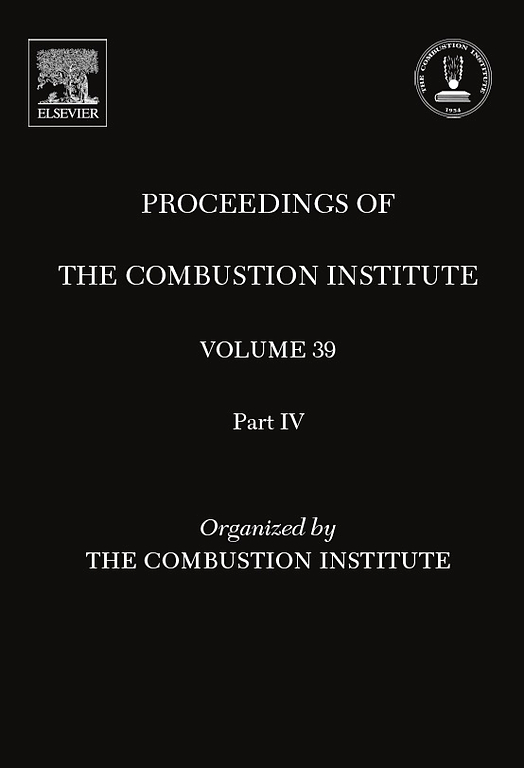Analysis of model dimensionality, particle shrinkage, boundary layer reactions on particle-scale modelling of biomass char conversion under pulverized fuel combustion conditions
Abstract
In this work, the effects of model dimensionality, particle shrinkage, and boundary layer reactions on particle-scale modelling of biomass char conversion under pulverized fuel combustion conditions have been analysed by using six models: zero-dimensional models with constant particle size (0D_Cons) or shrinking particle size (0D_SPM), one-dimensional models with/without considering particle shrinkage (1D_Cons/1D_SPM), and 1D_Cons and 1D_SPM with considering boundary layer reactions (1D_Cons_BH and 1D_SPM_BH). A comparison with existing experimental data shows that the 1D_SPM_BH model with consideration of intra-particle heat and mass transfer, particle shrinkage, and boundary layer reactions is an appropriate model to describe biomass char conversion over a wide range of conditions. The 0D_Cons model is a good approximation for the conditions of small particle size (< 1 mm) at 1273–1473 K, but overestimates the char conversion rate for larger biomass char particle or at high temperatures (regime III). The 0D_SPM model gives a reasonable prediction on char conversion time but predicts a larger contribution of reaction between char and O2 as compared to the 1D_SPM_BH model. The consideration of intra-particle heat and mass transfer in particle-scale modelling (1D_Cons and 1D_SPM) is beneficial to improving the model prediction of char conversion time and the contributions of char oxidation and gasification reactions. The boundary layer reactions have a significant effect on the prediction of char conversion for large particles (> 1 mm) and high temperatures (> 1473 K). An implication for the selection of a particle-scale model in CFD modelling is also given.

 求助内容:
求助内容: 应助结果提醒方式:
应助结果提醒方式:


